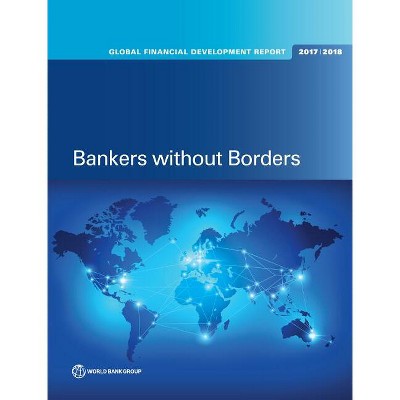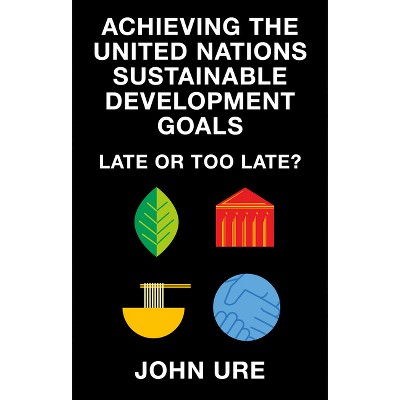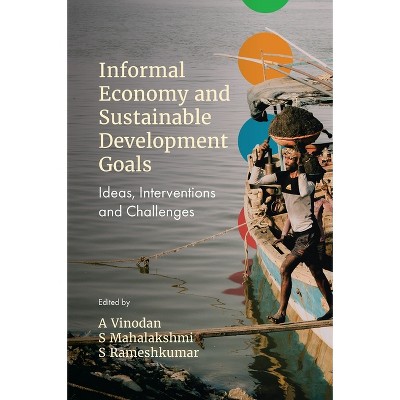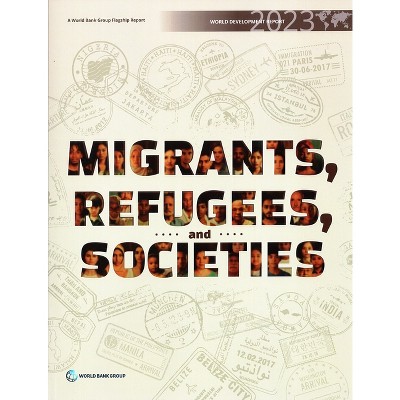Atlas of Sustainable Development Goals 2018 - (World Bank Atlas) by World Bank (Paperback)

About this item
Highlights
- Atlas of Sustainable DevelopmeThe Atlas of Sustainable Development Goals 2018 is a visual guide to the trends, challenges and measurement issues related to each of the 17 Sustainable Development Goals.
- About the Author: The World Bank came into formal existence in 1945 following the international ratification of the Bretton Woods agreements.
- 88 Pages
- Business + Money Management, Development
- Series Name: World Bank Atlas
Description
About the Book
The Atlas of Sustainable Development Goals 2018 is built around World Development Indicators--the World Bank's compilation of statistics from over 200 economies about global development and the quality of people's lives. For each of the 17 Sustainable Development Goals, selected indicators have been identified and visualized to anaylze trends and challenges, and to catalyze discussion on measurement issues. -- From back cover.Book Synopsis
Atlas of Sustainable DevelopmeThe Atlas of Sustainable Development Goals 2018 is a visual guide to the trends, challenges and measurement issues related to each of the 17 Sustainable Development Goals. The Atlas features maps and data visualizations, primarily drawn from World Development Indicators (WDI) - the World Bank's compilation of internationally comparable statistics about global development and the quality of people's lives.
Given the breadth and scope of the SDGs, the editors have been selective, emphasizing issues considered important by experts in the World Bank's Global Practices and Cross Cutting Solution Areas. Nevertheless, The Atlas aims to reflect the breadth of the Goals themselves and presents national and regional trends and snapshots of progress towards the UN's seventeen Sustainable Development Goals related to: poverty, hunger, health, education, gender, water, energy, jobs, infrastructure, inequalities, cities, consumption, climate, oceans, the environment, peace, institutions, and partnerships.nt Goals 2018: From World Development Indicators
About the Author
The World Bank came into formal existence in 1945 following the international ratification of the Bretton Woods agreements. It is a vital source of financial and technical assistance to developing countries around the world. The organization's activities are focused on education, health, agriculture and rural development, environmental protection, establishing and enforcing regulations, infrastructure development, governance and legal institutions development. The World Bank is made up of two unique development institutions owned by its 185 Member Countries. The International Bank for Reconstruction and Development (IBRD) focuses on middle income and creditworthy poor countries and the International Development Association (IDA), which focuses on the poorest countries in the world.Shipping details
Return details
Trending Non-Fiction











